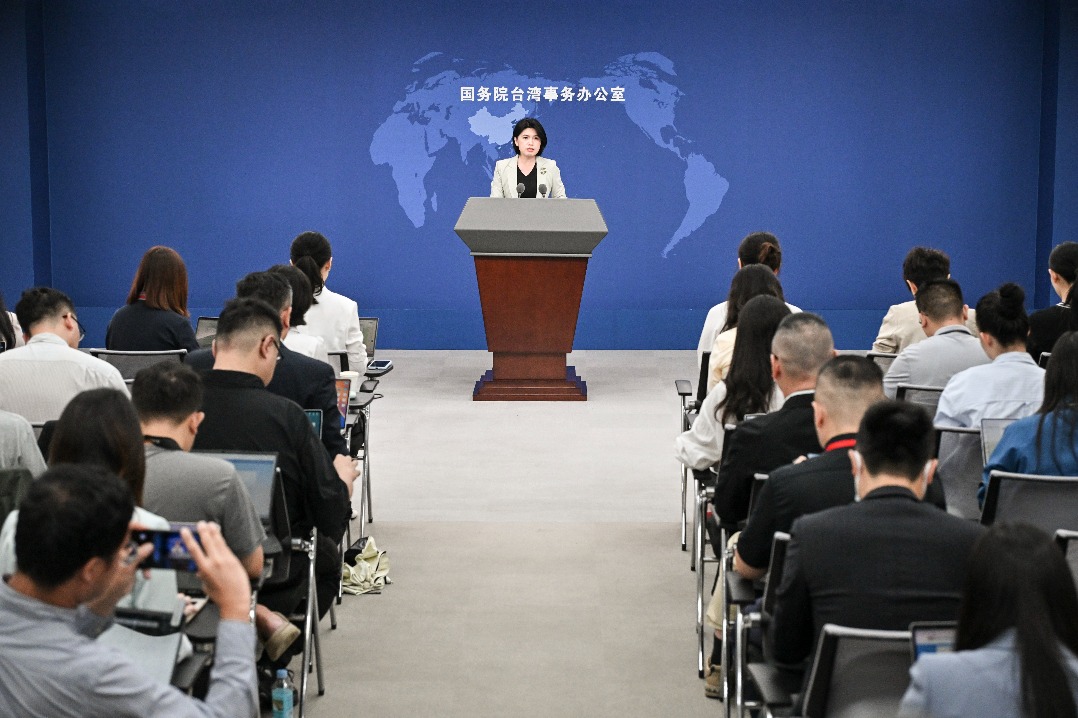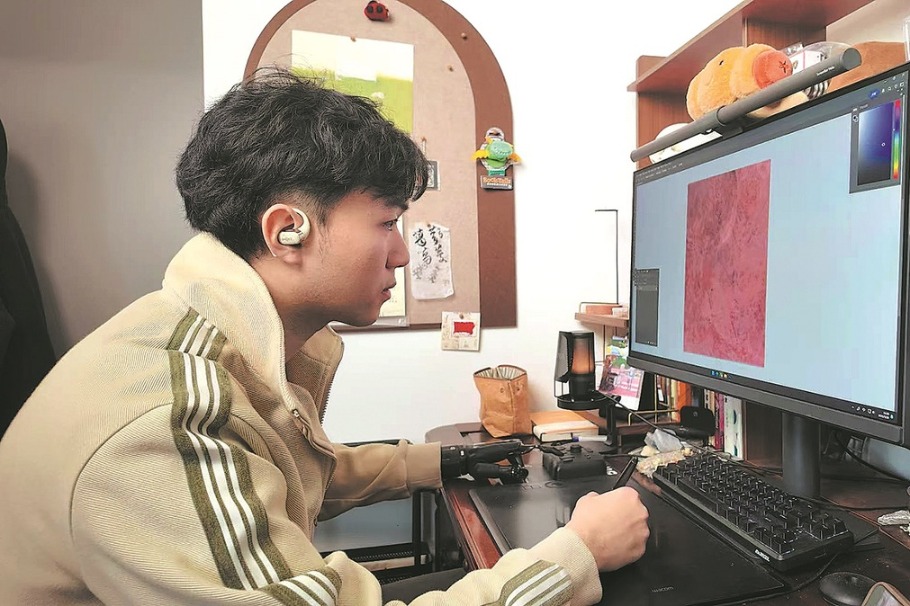Wonders that transcend the sands of time
Artifacts provide a fascinating insight into the land of the pharaohs, report Huang Zhiling and Wan Zhigao in Chengdu.

The mention of Egypt immediately conjures up images of pyramids, sphinxes, mummies and the mask of Tutankhamun.
But going abroad to visit popular museums in the aftermath of the COVID-19 pandemic is not easy.
Help, though, is at hand. Visitors to the Meet Egypt: The Exhibition of Rare Relics and Mummies held at the Meet You Museum in Chengdu, Sichuan province, running until Nov 13, may find that the 114 exhibits on display from the Egyptian Museum of Barcelona, Spain, convey a sense of the country's ancient mystery.
Representing the spectacle of civilization in the Archaic Era of Egypt, or the Early Dynastic Period, more than 4,000 years ago, to Roman rule in the fourth century AD, the exhibits include a gilded mummy case (which covers the body inside the sarcophagus), five wooden mummy cases, five mummified animals, one animal mask, 10 ancient statues and four canopic jars (used to store organs). Also on display are six scarabs (amulets or seals), 11 pieces of jewelry, three weapons, three musical instruments, two murals as well as 63 items of pottery, bronze ware and carved stone.
The gilded mummy case is visually impactful. Dating back to the first and second centuries AD, it was designed to contain the entire mummy of its deceased owner, probably a small young woman.
The faces depicted on the stone case cover and facial mask are idealized images designed to ensure everlasting youth and vitality. The expression of calmness and faith on the path to the afterlife is very important, and this work conveys this belief perfectly.
According to Wang Chunchen, deputy director of the Art Museum of the Central Academy of Fine Arts and chief curator of the Meet You Museum, the exhibits on display not only reflect ancient Egyptian civilization's worship of nature and gods, but also showcase the power of imagination and a pursuit of the afterlife.
Because of these ideas, ancient Egyptians, from the pharaohs to the princes and nobles, tried to create a luxurious afterlife for themselves through an accrual of a large number of precious funerary objects, and they sought to achieve immortality through the unique method and ritual of mummification, Wang says.
Some tomb owners even mummified their pet cats and falcons, wishing the animals to live with them in the afterlife. These are also exhibited.
A variety of utensils, jewelry, musical instruments, weapons and tools, among other things on show, reflect daily life at the time, which enable people to understand the unique cultural and social life of ancient Egyptians from different perspectives, Wang says.
Visitors will find the decorations on the mummy cases and masks of the nobles extremely luxurious, using gold, precious stones and precious mineral pigments. As the content of these decorative paintings, myths and legends are closely related to the lives of the deceased, they have become important historical materials for the study of ancient Egyptian civilization and have high artistic value.
Under the protection of a whole set of amulets and gods, the ancient Egyptians tried to cross the barrier of death to eternal life. After thousands of years, a sense of eternity emanates from behind these carefully decorated masks, the serene smiles on the sarcophagi, and the sacred and majestic mummies, Wang says.
Visitors who are curious about the mummification process can watch an informative video in the exhibition hall.
They may also be impressed by a funerary model depicting two men slaughtering an ox. It was made with painted wood in the Middle Kingdom (2124-1783 BC).
Among the foods of animal origin, most prized by the Egyptians was meat, especially that of bovines and some of the numerous domestic and wild birds. It was a delicacy for the living, the gods and the deceased.
As in earthly life, the servants of the powerful departed were to continue to fulfill their function in the afterlife. Whether on the walls of the tomb or in the form of a funerary model, as in this case of two men slaughtering an ox, they provided the necessities for the deceased.
With a collection accrued over 200 years, the Egyptian Museum of Barcelona showcases the achievements of ancient Egyptian civilization, one of the greatest civilizations in the Mediterranean world, just as the Sanxingdui Museum in Guanghan, Sichuan, displays the wonders of Chinese civilization, according to the Consulate General of Spain in Chengdu.
The Sanxingdui Museum is 40 kilometers north of Chengdu and houses relics excavated from the Sanxingdui Ruins which were found in 1929, when Yan Daocheng, a local villager, unearthed a pit full of jade and stone artifacts while repairing a sewage ditch at the side of his house.
The site houses the ruins of an ancient city that was the political, economic and cultural center of the Shu Kingdom. In ancient times, Sichuan was known as Shu.
The site is viewed as one of the most important archaeological discoveries made in China during the 20th century.
Duan Yu, a historian with the Sichuan Provincial Academy of Social Sciences, says the Sanxingdui site, located on the upper reaches of the Yangtze River, is convincing proof that the origins of Chinese civilization are diverse, as it scotches theories that the Yellow River was its sole origin.
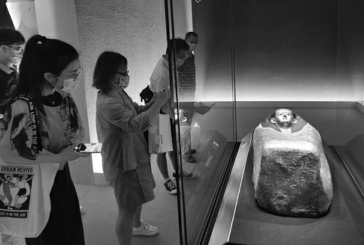
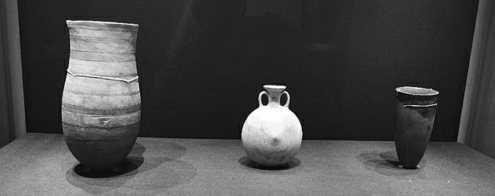
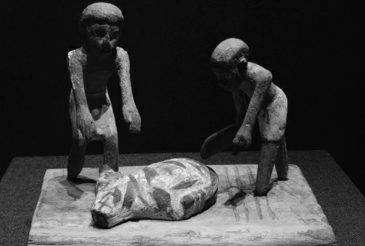

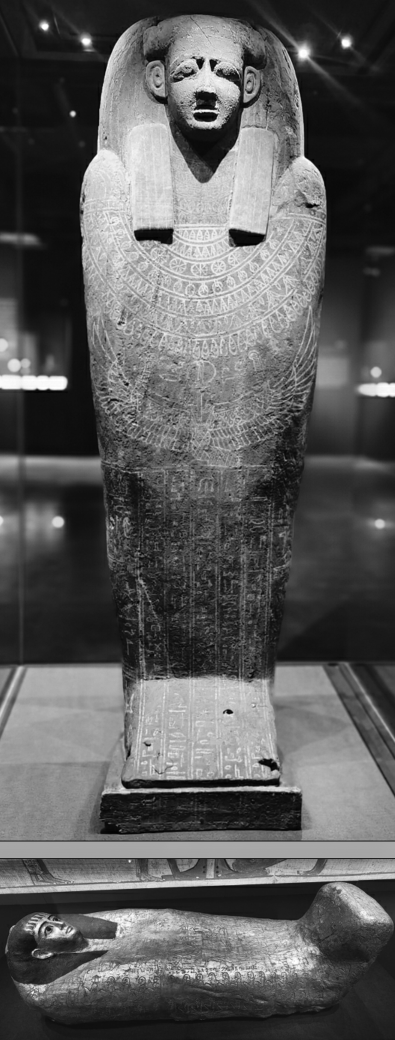

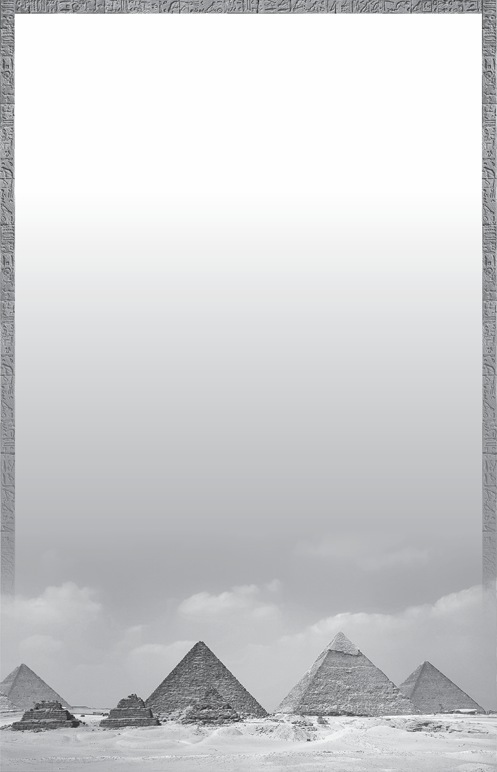
Today's Top News
- Tajikistan looks to China for deeper ties
- High-tech manufacturing lifts industrial profits
- Avenue blooms with flowers to mark victory
- Mainland slams DPP for distorting WWII history
- Northeast Asia trade in focus at Jilin expo
- Organic agriculture forum unites global experts in Datong
















